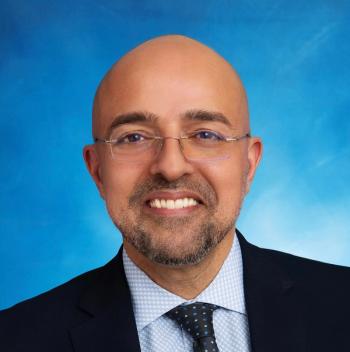
Making the Case for Automated Patient Engagement
Automated patient engagement technology can streamline communications without excessive costs, implementation challenges or healthcare providers losing the "human touch."
More than half (52%) of health system chief information officers (CIOs) recently
Yet, many senior decision makers at healthcare organizations still express concerns about adopting automated patient engagement technology to streamline communications related to appointments, vaccines, referrals, pre-procedure prep, follow-up and monitoring, and patient balances. Generally, the concerns are in three areas: human touch/personalization, technology costs and difficulty of implementation.
Losing the “human touch” and personalization
Healthcare organizations may feel apprehensive about losing the “human touch.” Historically, human touch has been the primary way healthcare professionals have fostered trust, strengthened the doctor-patient relationship and facilitated open communication to improve patient satisfaction and health outcomes.
As social interactions have changed, more healthcare consumers and providers are open to new ways of connecting and creating relationships that matter. One
Regarding personalization, automated patient engagement technology has come a long way. With the right platform, not only can healthcare organizations connect with patients in multiple channels (text, voice, email or live one-on-one chat), they can reach patients in
Automation also allows for more frequent, targeted communications. For example, one New York City primary care network with more than half million members improved compliance rates for pre-procedure instructions for colonoscopies by using just-in-time SMS messages to educate patients and provide preparation instructions. This resulted in better outcomes for patients and a reduction in the number of procedures cancelled due to lack of preparedness.
Technology costs
Cost is always a factor when considering technology investments, and the C-suite must weigh the benefit of adopting new technologies against the amount of resources they currently devote to patient engagement. For example, most health systems rely on call centers for routine patient engagement such as appointment scheduling and rescheduling. Yet the costs of training new medical information call center agents can reach
For example, a Level 1 trauma center and hospital in Washington, D.C., realized significant annual savings by eliminating manual phone outreach. By implementing an automated, SMS-based patient engagement platform, the healthcare organization achieved immediate cost savings in the form of full-time equivalent dollars and saw a steep reduction in no-shows.
Difficulty implementing and using yet another technology platform
Primary care providers already spend an average of
What healthcare decision makers may not realize is that more advanced platform solutions now exist that “live,” or embed, directly within the EHR. This means minimal IT assistance and staff training is required to deploy and adopt an EHR-embedded patient engagement platform. And since embedded systems record all patient engagement data automatically to and from the EHR, the need for manual input by clinical staff is eliminated. When these platforms are used with widely deployed EHR systems, clinicians already know how to use them, which significantly reduces the learning curve for staff.
Patient portals are another consideration. Given the resources devoted to developing and maintaining these portals, some health executives may balk at the need for even more patient engagement technology. Yet,
Automated patient engagement technologies can work in concert with patient portals to increase the number of people health systems can reach on an ongoing basis. This dual approach gives patients greater choice — especially those who may prefer SMS communication given it is more accessible, easier to read and patients can respond to messages when it is most convenient for them.
Should a patient portal fail, automated SMS communication also serves as an effective backup. During a panel discussion on patient engagement and workflow management at the
With advances in automated engagement technologies, healthcare organizations may find the solution is a cost-effective, consistent way to connect with patients throughout the healthcare journey. Modern patient engagement solutions can address the three primary concerns noted above, allowing healthcare organizations to deliver personalized, human-like interaction, with long-term return on investment and reduced burden on staff. Ultimately, adopting an advanced automated patient engagement solution is a winning proposition for patients, providers and health system staff alike.
Vik Krishnan, MBA, is general manager of Intrado Digital Workflows, which includes







































